We keep reaching various milestones that make me think “well now it’s officially summer.” The first sungold cherry tomato, the first slice of watermelon, the first okra, the list goes on and on. In addition to all the great produce, summer for us means there’s even more to do. More to water, sell, harvest, sort, wash, pack, load, transport, and deliver. And we still need to plant and maintain fall crops so that we’ll have things to harvest when the summer crops (eventually) wind down.
Summer means that everyone is busier, but it was most apparent to me last week when looking at the truckload process at the end of the day. This is an important part of running the farm because it’s how the fruits (and vegetables) of our labor are delivered to CSA sites, grocery stores, farmers markets, restaurants, and wholesalers. This is a big task. First, we choose the right size truck to fit everything based on the orders that need to be delivered the next day. Then, it’s important that the right boxes go into the correct truck, that they’re loaded in the right order, and that they’re arranged and handled in order to keep them in good condition. There’s no point in carefully harvesting and packing a CSA box, flat of peaches, or bucket of bouquets if it doesn’t get to the person expecting it, or if it arrives damaged. This task, part Tetris, part Jenga, part magic, is spearheaded by Jose and Ben, executed by the intern crew, with Rye, Pancho, and Jan on hand on many days as well. It’s a flurry of activity – moving things around with pallet jacks, securing boxes with straps and shrink wrap, checking and double-checking various lists and box labels to make sure that everything is going in the right truck in the right order.
Like everything else at the farm, truckload also gets busier during the summer when we’ve got larger quantities of produce to deliver, including some really heavy items, like melons, and some delicate things, like stone fruit. It’s the same job, but now with larger volumes, more customers, and potentially more trucks to think about, it’s a little more complex and certainly takes longer.
When the last item is loaded, the doors of the truck are closed, the refrigeration units are switched on so that the produce stays fresh, and then the trucks are ready to go for the next morning when our drivers head out really early on their delivery routes. And they know that when they get to their first stop, the items they need won’t be packed all the way at the back!
It’s difficult to really understand the end of the day truckload via photo, but see below for an idea of what the end of our day looks like.
Starting with an empty truck
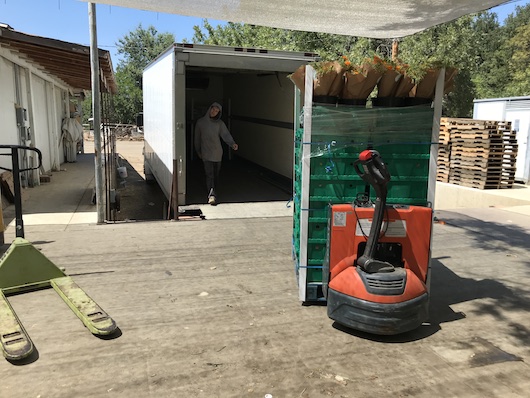
Just some of the items to load
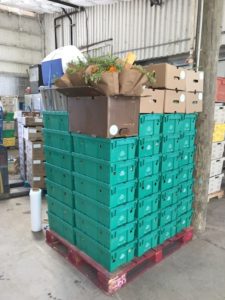
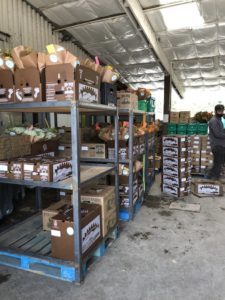
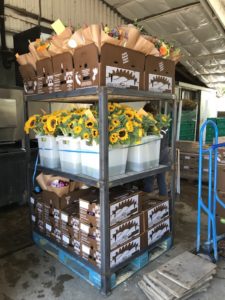
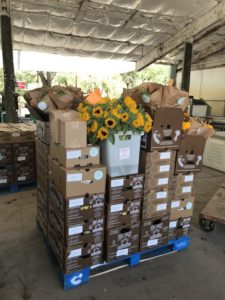
Lyla with her finished masterpiece

Making final additions to a market truck

Pancho getting ready to close the door on a very full truck
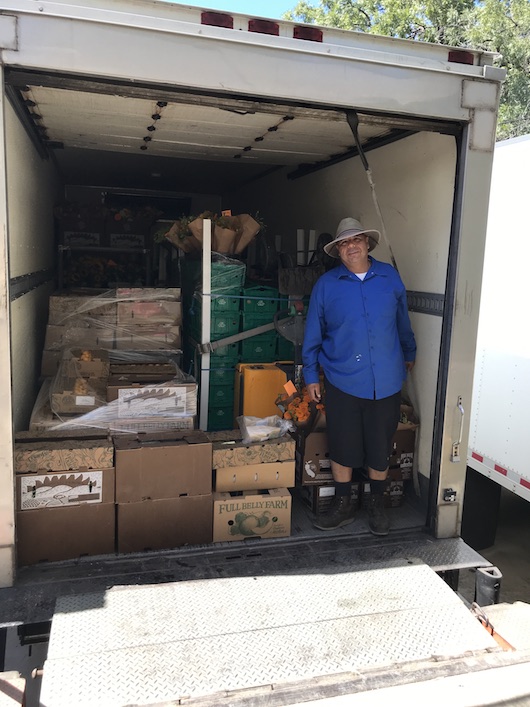
Elaine Swiedler
CSA Manager
